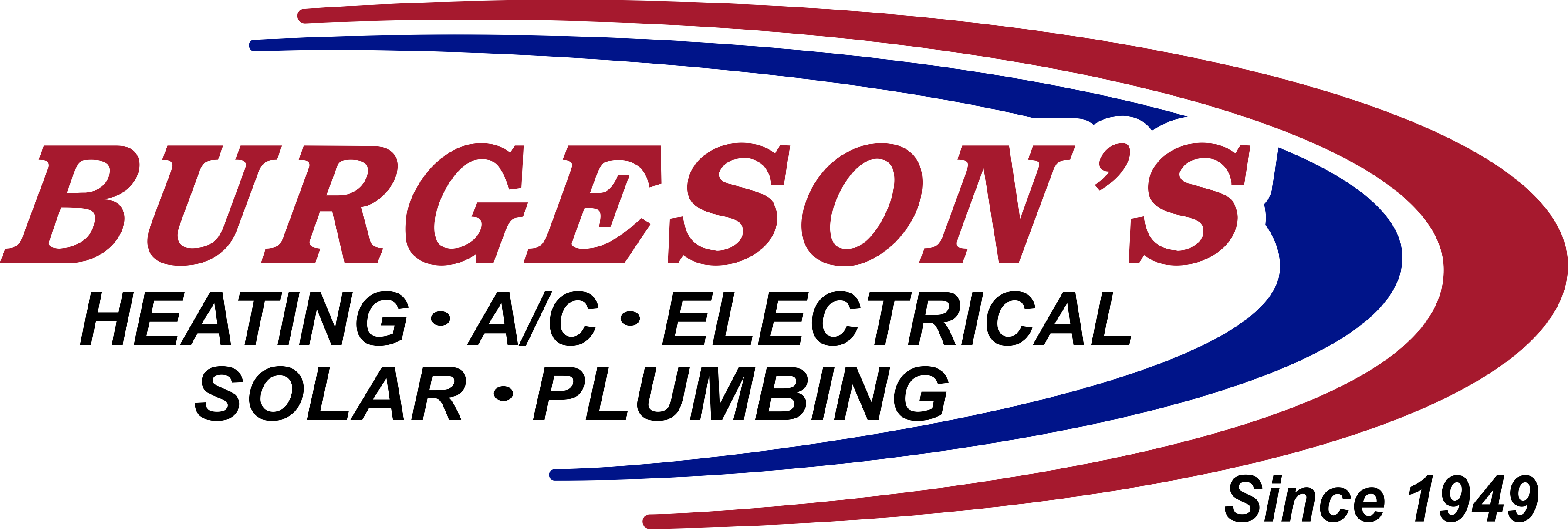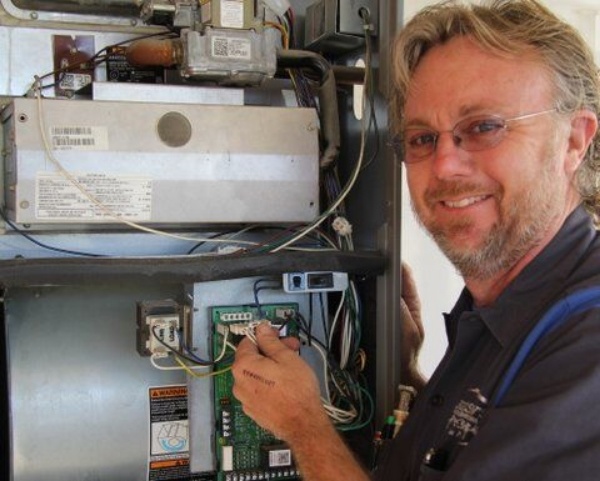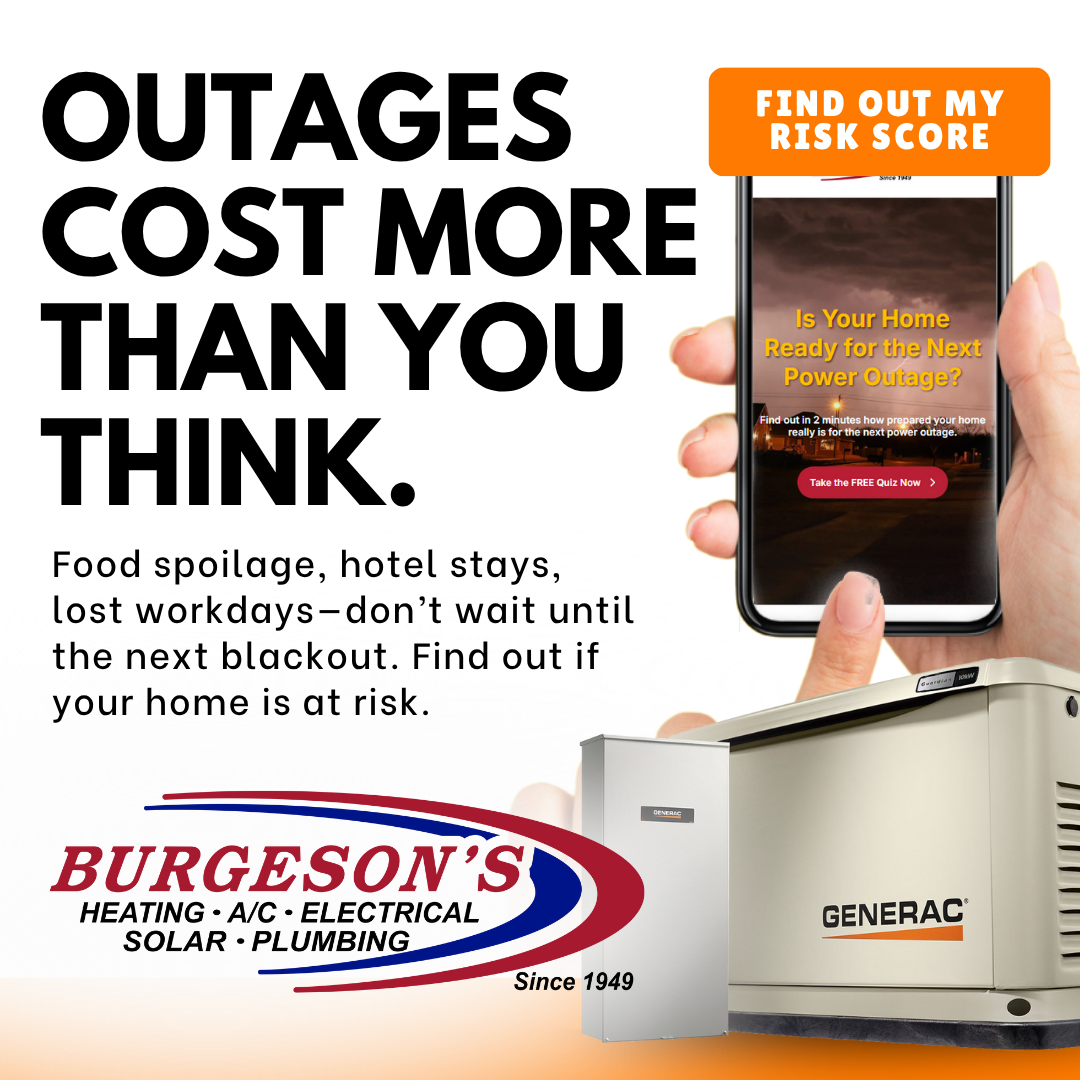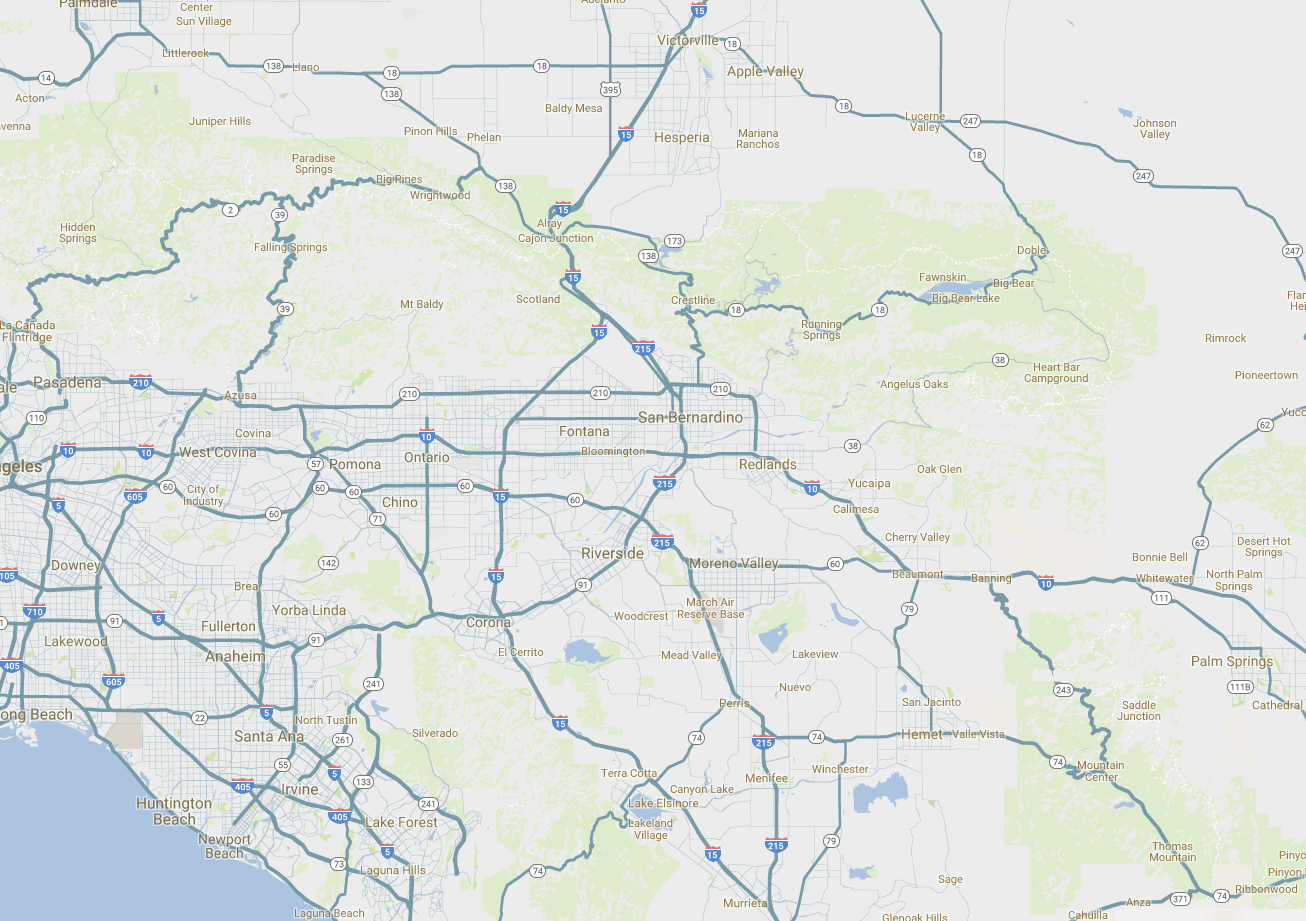Warm weather is upon us and, and everyone is rushing to set the AC to stave off discomfort. While we appreciate the control we have over our environment, when was the last time you checked your heating and air conditioning system? As a byproduct of the cooling process, managing condensate inside your system can make the difference between proper function, condensate overflow and if your furnace is located in your attic, damage to your ceiling.
Inside your HVAC system lies an evaporator coil which is responsible for lowering its temperature below the saturation point. Moisture, a byproduct of this process, forms and begins filling a condensate pan located underneath the coil. The accumulated condensate is then drained to prevent damage to your home from overflow and limit internal humidity from forming an unhealthy collection of contaminants.
What are Condensate Pans?
No matter what type of coil you have, your system will have a gutter-like device or pan that collects condensate produced during cooling and directs it toward the condensate drain. Many companies manufacture pans made from a smooth-surfaced plastic that is also rust-proof.
What is Trapping?
A condensate trap keeps air from moving in or out of the coil box (or air handler) during system operation while allowing condensate to drain. This performs an essential function for blow-through and draw-through systems and increases efficiency for both. For a blow-through system, a trap prevents air from escaping through the condensate drain. In a draw-through system, it inhibits untreated air from being pulled into the cooled air during operation. The air that's sucked through the drain line can create a geyser effect, blocking the pan from draining.
Condensate Drain Lines
New technological advances have made it possible to install water level detection devices that shut off the system in the event of condensate overflow avoiding potentially costly damage to your home. Apart from installing a well-built primary drain, the addition of a second overflow line connected to a higher fitting on the pan can provide supplementary overflow protection. A water level detection device will note when the second line is in use (signaling a blockage in the primary drain). Some of these devices can even activate an alarm.
With this knowledge on how condensate works within your system, please notify your HVAC technician in the case of any concerns regarding potential water damaged due to a plugged condensate line. For all your condensate management needs, call us at (909) 792-2222 or request a service appointment online.












